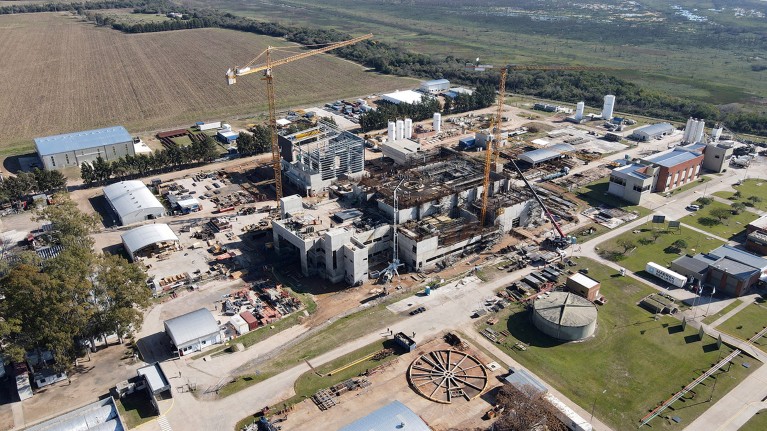[ad_1]

Los funcionarios argentinos están dialogando con sus homólogos de El Salvador para obtener una comprensión más profunda de las estrategias y experiencias en la adopción de Bitcoin. La semana pasada, los altos directivos de la Comisión Nacional de Valores (CNV) de Argentina se reunieron con la Comisión Nacional de Activos Digitales (CNAD) de El Salvador para evaluar el impacto de la adopción de Bitcoin en la economía en los últimos años. El Salvador se convirtió en el primer país del mundo en adoptar Bitcoin como moneda de curso legal junto con el dólar estadounidense en septiembre de 2021.
Argentina puede planear capitalizar el creciente valor de Bitcoin
Como parte de su reunión con Juan Reyes de la CNAD, Roberto Silva y Patricia Boydo de Argentina señalaron que el ecosistema de las criptomonedas ha experimentado una expansión global en los últimos años. En la reunión, funcionarios de ambos países intercambiaron ideas y conceptos sobre el uso de Bitcoin, la criptomoneda más utilizada en el mundo.
“El Salvador se ha consolidado como uno de los países líderes en el uso de Bitcoin. Queremos fortalecer las relaciones con la República de El Salvador, y por ello, exploraremos la posibilidad de firmar acuerdos de cooperación con ellos”, dijo Silva, titular de. la Autoridad Nacional de Valores de Argentina. Él dijo En un aviso emitido.
Con un PIB de alrededor de 640 mil millones de dólares, Argentina es una de las economías más grandes de América Latina, según estimaciones. Banco Mundial. Sin embargo, Reuters recientemente un informe Cabe destacar que en marzo de este año la economía argentina registró una caída interanual del 8,4 por ciento.
Desde el gasto de los consumidores hasta las cifras de ventas, se informó que muchos indicadores de la economía argentina estaban bajo presión del mercado. Además, Argentina está muy endeudada. Decía Debe 45 millones de dólares (alrededor de 370 millones de rupias) al Fondo Monetario Internacional.
Esta inestabilidad económica, junto con la dependencia del dólar estadounidense, que ha experimentado altibajos en los últimos meses debido al aumento de las tasas de interés, puede ser una de las razones por las que el país ahora mira hacia Bitcoin.
“Me parece necesario seguir fortaleciendo las relaciones con una república que es líder en este tema y tiene amplia experiencia en este tema”, señaló Patricia Boydo, vicepresidenta de la CNV argentina.
Argentina firmó previamente un acuerdo con el Fondo Monetario Internacional (FMI) acordando desalentar el uso de criptomonedas para prevenir el lavado de dinero y el trabajo informal. Este acuerdo se cerró en marzo de 2022 y el Fondo Monetario Internacional lo extendió a Argentina después de que el país fuertemente endeudado solicitara una reestructuración de su plan de pago de deuda.
La experiencia de El Salvador con Bitcoin
Bajo la presidencia de Nayib Bukele, El Salvador afirma haber logrado avances notables en el ecosistema de Bitcoin. Desde aprovechar los recursos de energía renovable para impulsar la minería de Bitcoin hasta aprobar… Billete de bonos BitcoinEl Salvador ha asumido su compromiso de utilizar BTC como instrumento financiero y de pago.
En abril de 2023, El Salvador obtuvo Decía Registró una disminución del 17,8 por ciento en las transferencias basadas en Bitcoin. Al 14 de mayo, el Tesoro salvadoreño Decía Posee 5.748 tokens BTC por valor de más de 393 millones de dólares (alrededor de 3.272 millones de rupias).
En abril de este año, el Fondo Monetario Internacional ordenó a El Salvador que cambiara sus políticas sobre Bitcoin para obtener los 1.400 millones de dólares (alrededor de 11.645 millones de rupias) en ayuda que necesita para acelerar los pagos de la deuda pública y otras obligaciones financieras. El Salvador no ha abordado el tema públicamente, pero continúa mostrando su apoyo a las criptomonedas.
[ad_2]
Source Article Link







